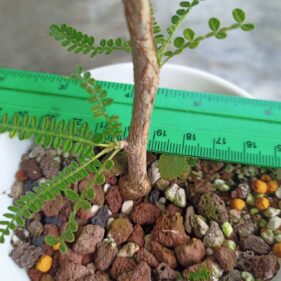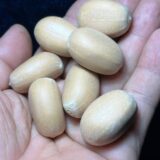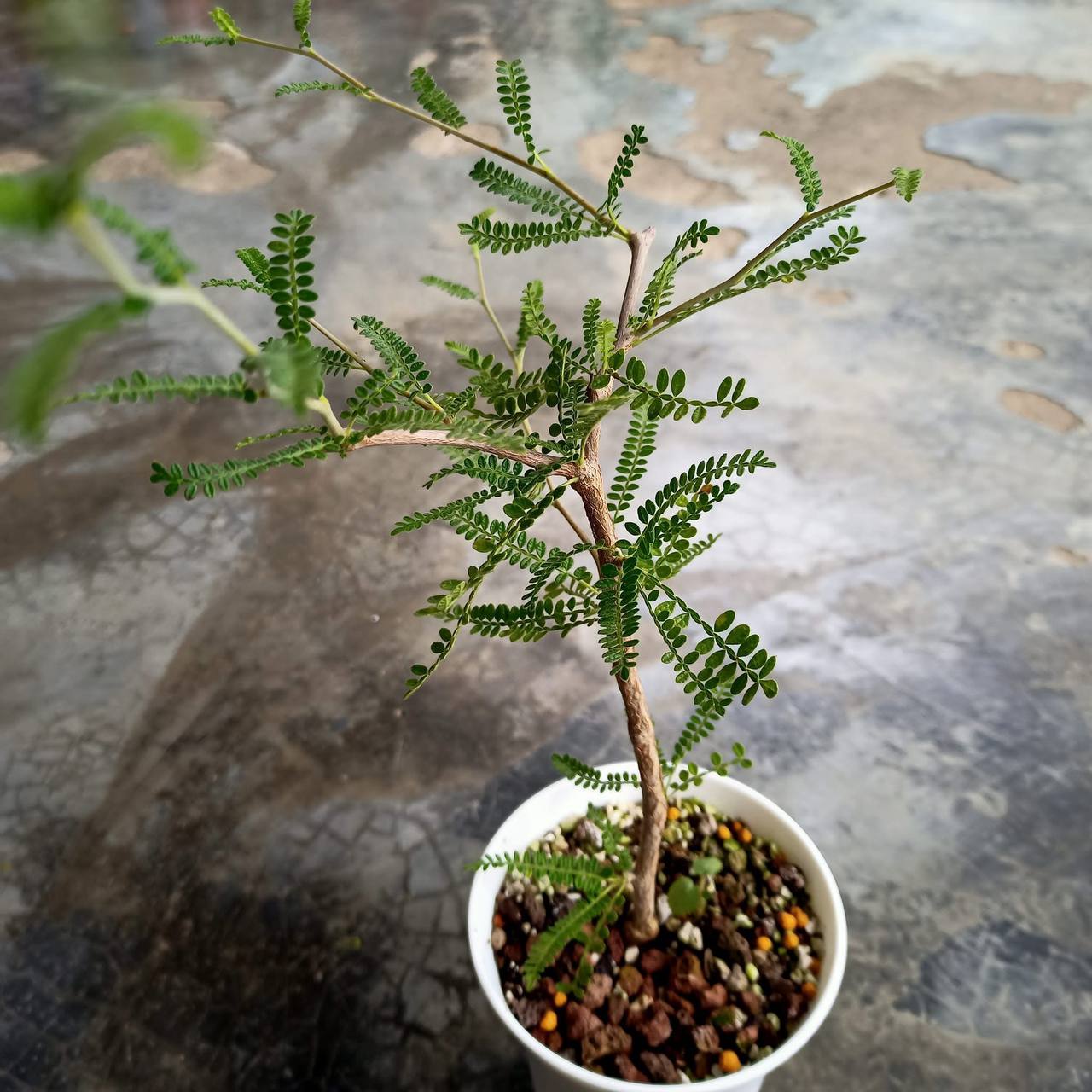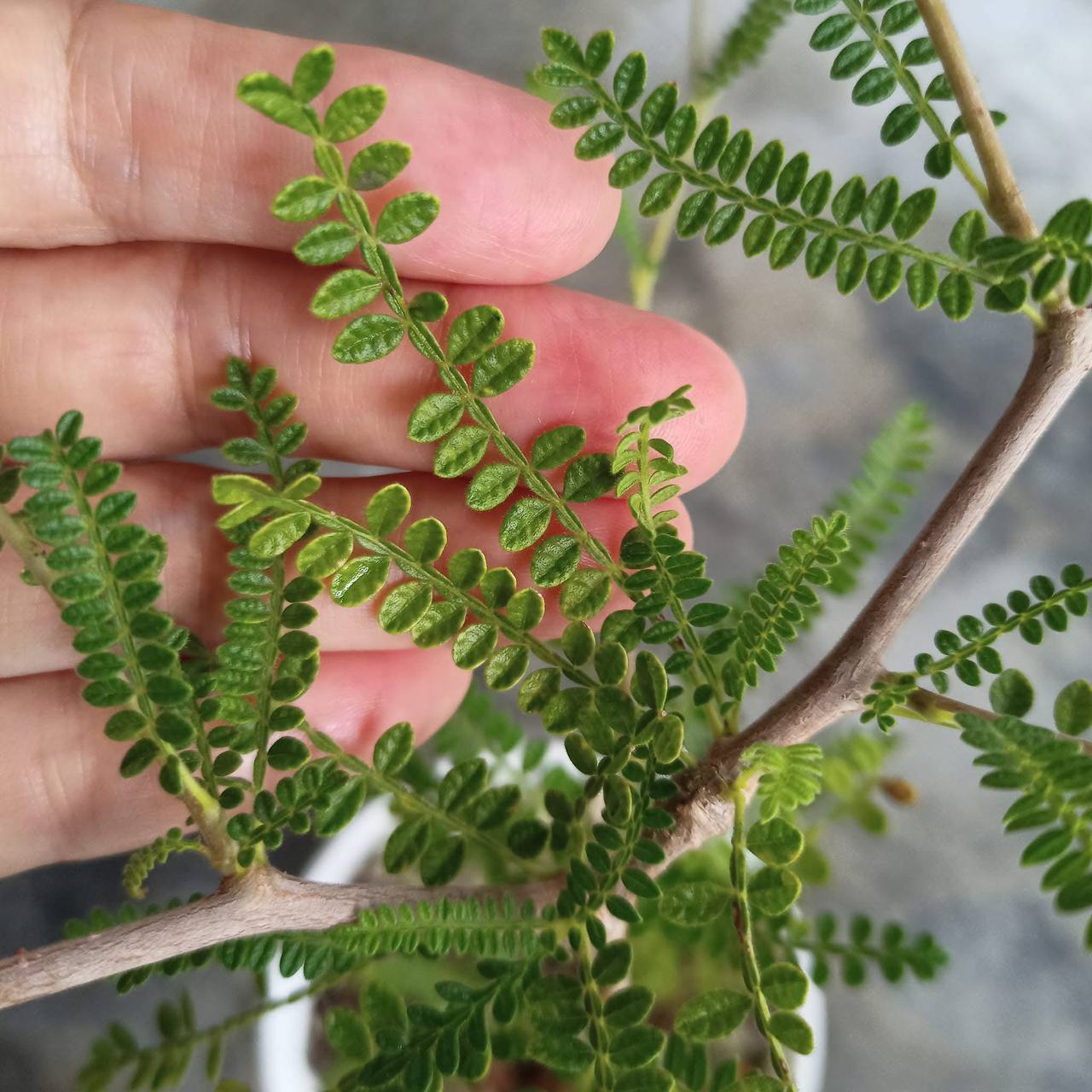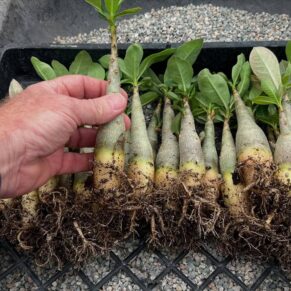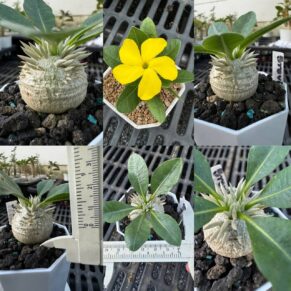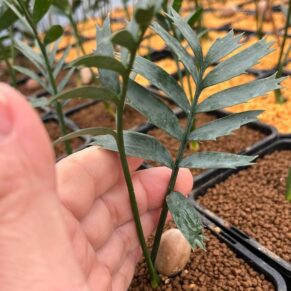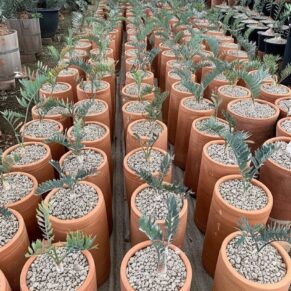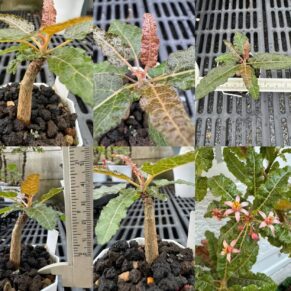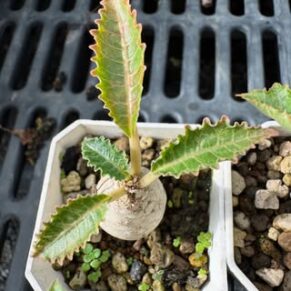- Your cart is empty
- Continue shopping
Shop
operculicarya hyphaenoides seedlings
$35.00
Discover rare Operculicarya hyphaenoides seedlings for your succulent collection. Shop healthy, unique caudiciform plants with expert care tips.
operculicarya hyphaenoides seedlings
Introduction to Operculicarya hyphaenoides Seedlings
Operculicarya hyphaenoides, a remarkable species native to the arid regions of southwestern Madagascar, has captivated succulent enthusiasts and collectors worldwide. Facebook group.Belonging to the Anacardiaceae family, this plant is renowned for its unique appearance and resilience. Often likened to a miniature baobab or bonsai tree, its distinctive features make it a prized addition to any collection.Seedlings collection

🌱 Characteristics of Operculicarya hyphaenoides
1. Growth Habit
Operculicarya hyphaenoides is a deciduous shrub or small tree, typically reaching heights of up to 1.5 meters. The plant is characterized by its multiple thick, gnarled trunks originating from a common base, giving it a bonsai-like appearance. Its stems are cylindrical and can reach diameters of up to 0.4 meters, with irregularly bumpy, warty bark.Seedlings collection
2. Foliage
The leaves are odd-pinnate, with 11-20 pairs of leaflets, each 2.5-6 cm long. These leaflets are medium to dark olive-green and densely hairy, which aids in water retention. The plant is drought-deciduous, shedding its leaves during dry periods to conserve moisture.Seedlings collection
3. Flowers and Fruits
Operculicarya hyphaenoides produces very small, dark red flowers, either solitary or in small clusters. The fruits are pendent, stalked, and depressed-globose, measuring up to 18 mm in length. These fruits contain small, dark brown seeds.
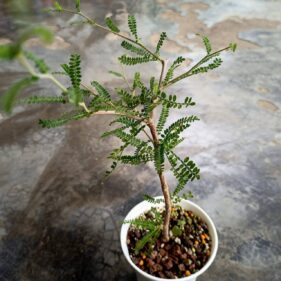
🌞 Cultivation and Care
1. Light Requirements
Operculicarya hyphaenoides thrives in bright, indirect sunlight. It can tolerate some direct sunlight, but prolonged exposure may lead to leaf scorch. In regions with intense sunlight, providing some shade during the hottest part of the day is beneficial.Seedlings collection
2. Temperature and Humidity
This species prefers warm temperatures, ranging from 20°C to 30°C. It is not frost-tolerant, so in colder climates, it should be grown indoors or in a controlled environment. Operculicarya hyphaenoides is adapted to low humidity, making it suitable for dry indoor conditions.3. Soil and Watering.Shop Seedling here
Operculicarya hyphaenoides requires well-draining soil. A cactus or succulent mix, or a blend of sand and perlite, is ideal. Overwatering can lead to root rot, so it’s essential to allow the soil to dry out between waterings. During the growing season, water moderately, and reduce watering in the dormant period.
4. Fertilization
Fertilize Operculicarya hyphaenoides during the growing season, using a diluted, balanced fertilizer. Avoid fertilizing during the dormant period, as the plant’s nutrient requirements are minimal. Over-fertilization can lead to excessive growth and reduced aesthetic appeal.Shop Seedling here
🌱 Propagation of Operculicarya hyphaenoides Seedlings
1. Seed Propagation
Operculicarya hyphaenoides can be propagated from seeds. Collect mature seeds from the plant’s fruit. Soak the seeds in water for 24 hours to enhance germination. Sow the seeds in a well-draining soil mix, covering them lightly. Maintain consistent moisture and warmth, and germination should occur within 1-2 weeks.Shop Seedling here
2. Stem Cuttings
Select healthy, mature stems with at least one node. Cut the stem into sections of approximately 4-6 inches in length. Remove the lower leaves from the cutting. Dip the cut end into rooting hormone, and plant it in a well-draining potting mix. Keep the soil moist and maintain high humidity around the cutting. Roots should form within 4-6 weeks.Seedlings collection
3. Air Layering
Choose a healthy, mature stem for air layering. Make two circular cuts around the stem, about an inch apart, and peel away the bark between them to expose the cambium layer. Apply rooting hormone to this area. Wrap the exposed area with moist sphagnum moss, cover it with clear plastic wrap, and secure it in place. Maintain consistent moisture in the moss, and roots should develop within a few months. Once a healthy root system has formed, cut below the new roots and transplant into a suitable potting mix.Shop Seedling here
